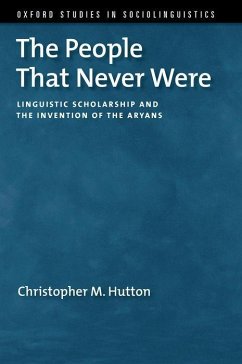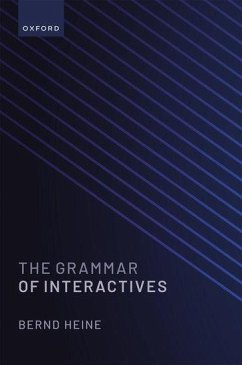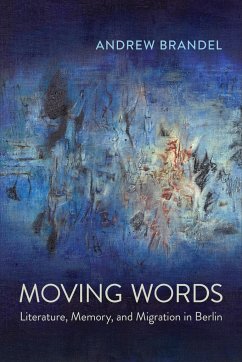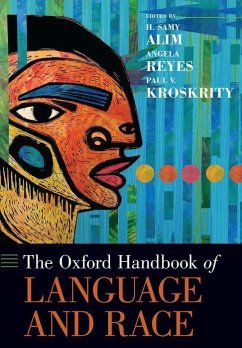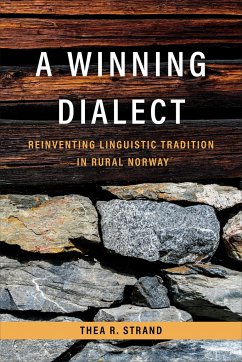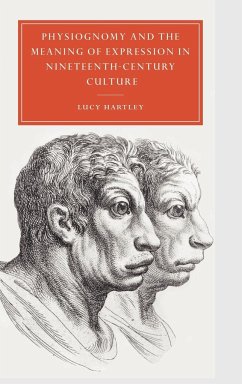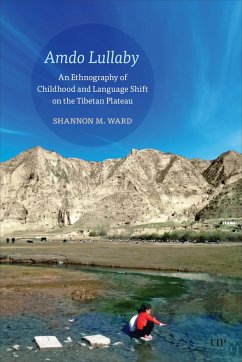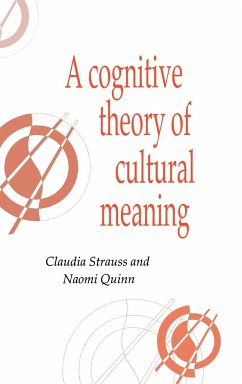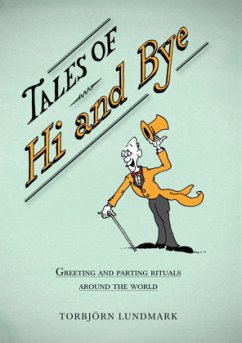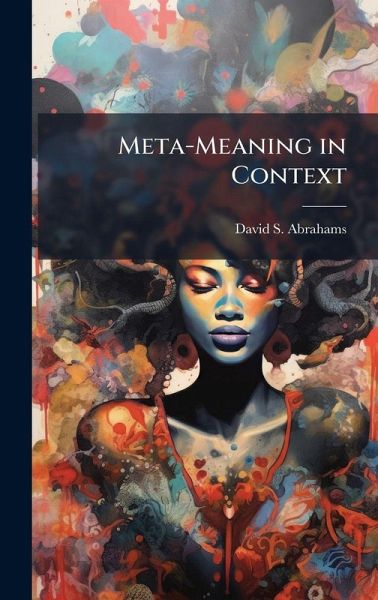
Meta-Meaning in Context
Versandkostenfrei!
Versandfertig in über 4 Wochen
27,99 €
inkl. MwSt.
Weitere Ausgaben:

PAYBACK Punkte
14 °P sammeln!
This paper demonstrates how a better understanding of culture can lend itself to a better understanding of meaning in discourse between two cultures who operate across a linguistic barrier. The paper falls under the tradition of cultural relativism, and the modern version of linguistic relativity. Culture is a multi-faceted concept that can mean something different depending on the objective of study, and the particular discipline of the researcher. This led the researcher to adopt a theory of culture as socially distributed knowledge. Due to the particular subject related to meaning and lingu...
This paper demonstrates how a better understanding of culture can lend itself to a better understanding of meaning in discourse between two cultures who operate across a linguistic barrier. The paper falls under the tradition of cultural relativism, and the modern version of linguistic relativity. Culture is a multi-faceted concept that can mean something different depending on the objective of study, and the particular discipline of the researcher. This led the researcher to adopt a theory of culture as socially distributed knowledge. Due to the particular subject related to meaning and linguistic contact, the paper makes language the parameter to define the culture being studied, which in this case is the Arabic speech community, writ large. Obviously, there are many subordinate cultures in such a large entity. The particular theory and parameter that we adopted will allow us to make some generalizations about Arabic speakers, based on a study of characteristics of the Arabic language. The theory also allows for human indeterminism, which tells us that each individual human being acts on his own accord, sometimes in accordance with cultural norms and sometimes not. This helps to keep the project in perspective and to prevent rash action based on expectations of behavior that can never be accurately predicted. About one third of this paper is dedicated to gaining an understanding of the history and characteristics of the Arabic language varieties. Because the Arabic speech community is the culture being studied, and language reflects the particular history and traditions of those who speak it, this amount of space is justified. In this case, the roots of Arabic language diglossia, and the different ways that the language has become a symbol of nationalism, pan-Arabism, and pan-Islamic ideology are of interest to the study and are the focus for the history. There is no foray into the realm of linguistics as a science, nor the large corpus of Arabic language literat This work has been selected by scholars as being culturally important, and is part of the knowledge base of civilization as we know it. This work was reproduced from the original artifact, and remains as true to the original work as possible. Therefore, you will see the original copyright references, library stamps (as most of these works have been housed in our most important libraries around the world), and other notations in the work. This work is in the public domain in the United States of America, and possibly other nations. Within the United States, you may freely copy and distribute this work, as no entity (individual or corporate) has a copyright on the body of the work. As a reproduction of a historical artifact, this work may contain missing or blurred pages, poor pictures, errant marks, etc. Scholars believe, and we concur, that this work is important enough to be preserved, reproduced, and made generally available to the public. We appreciate your support of the preservation process, and thank you for being an important part of keeping this knowledge alive and relevant.



